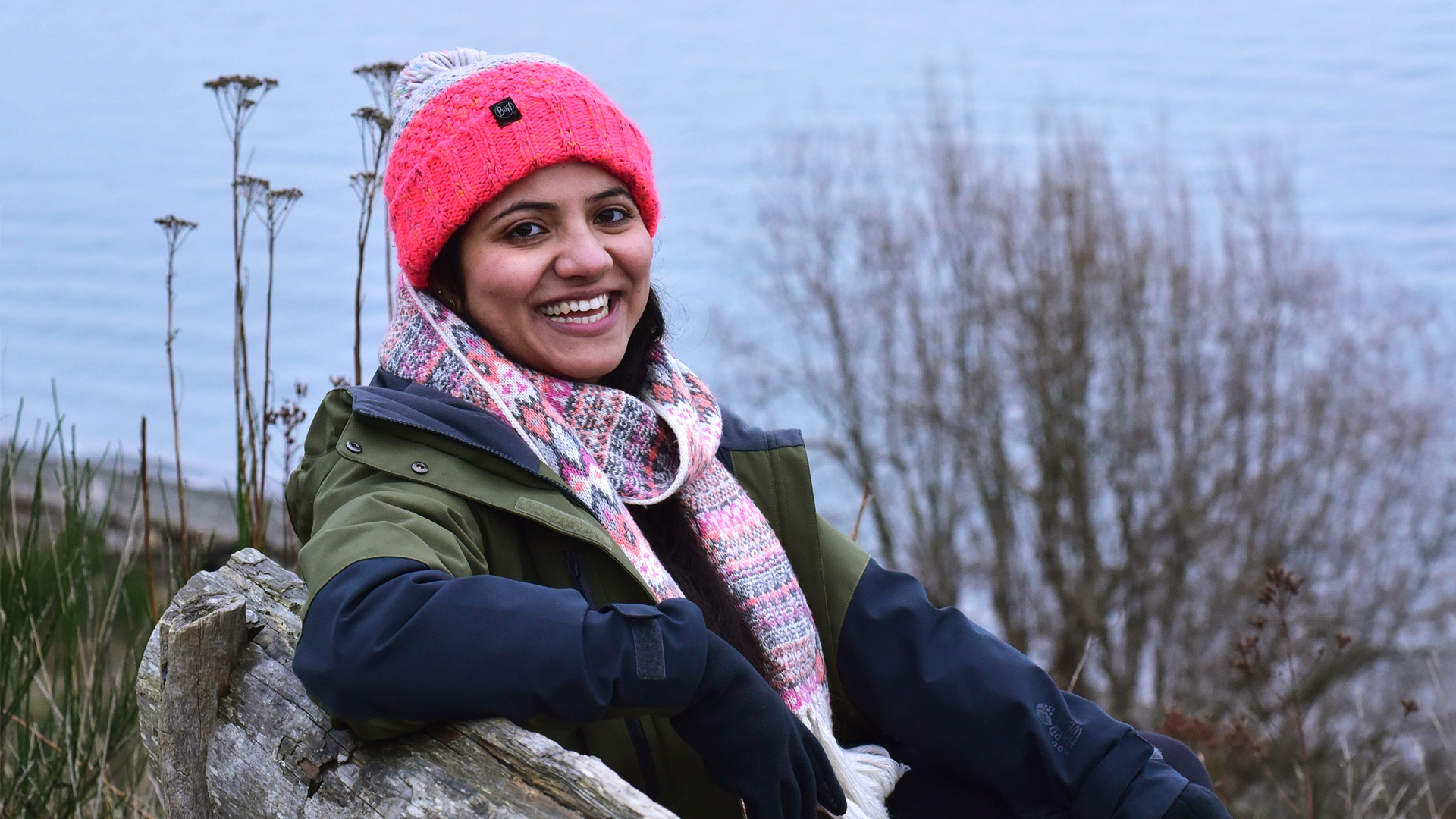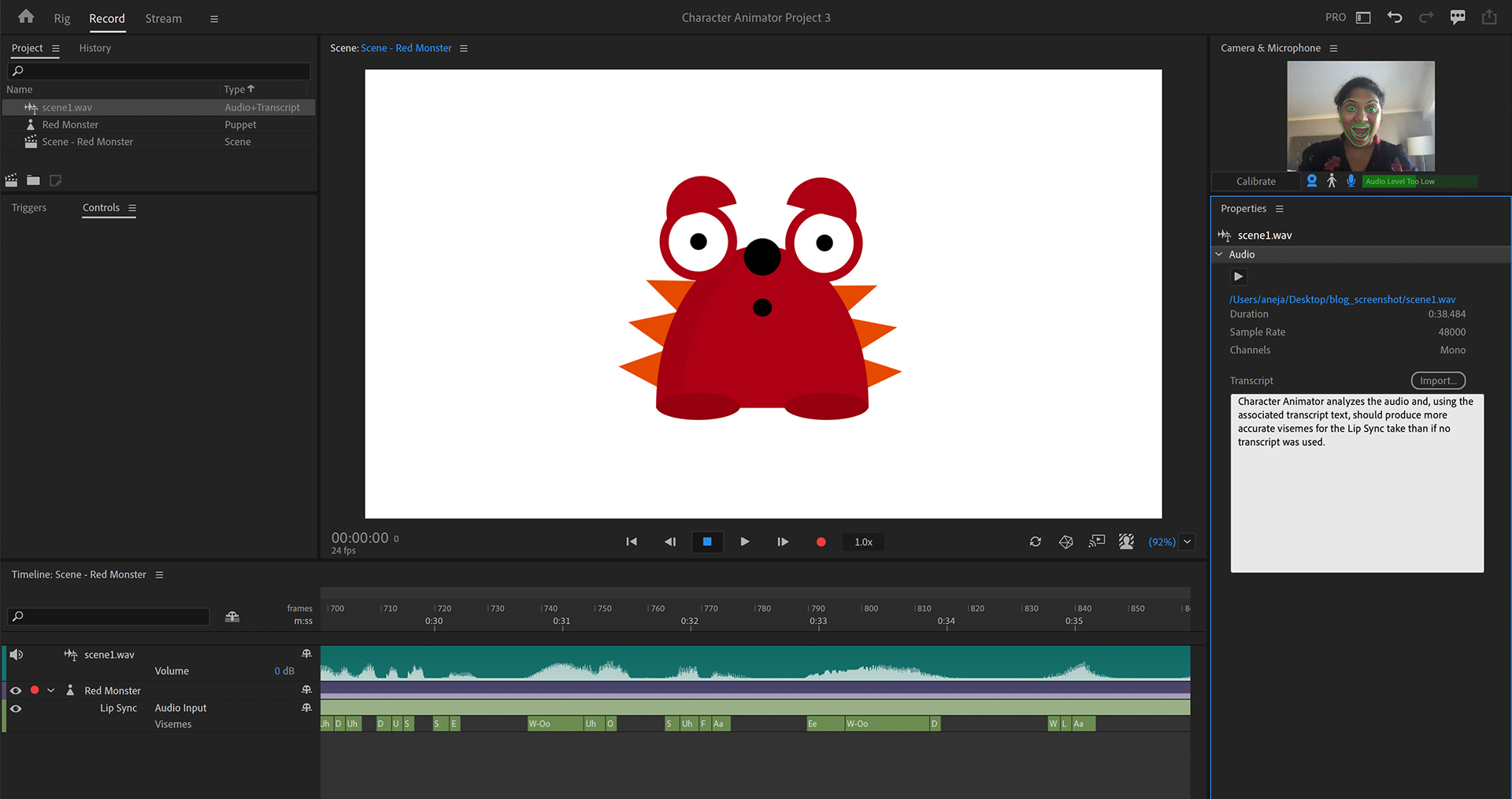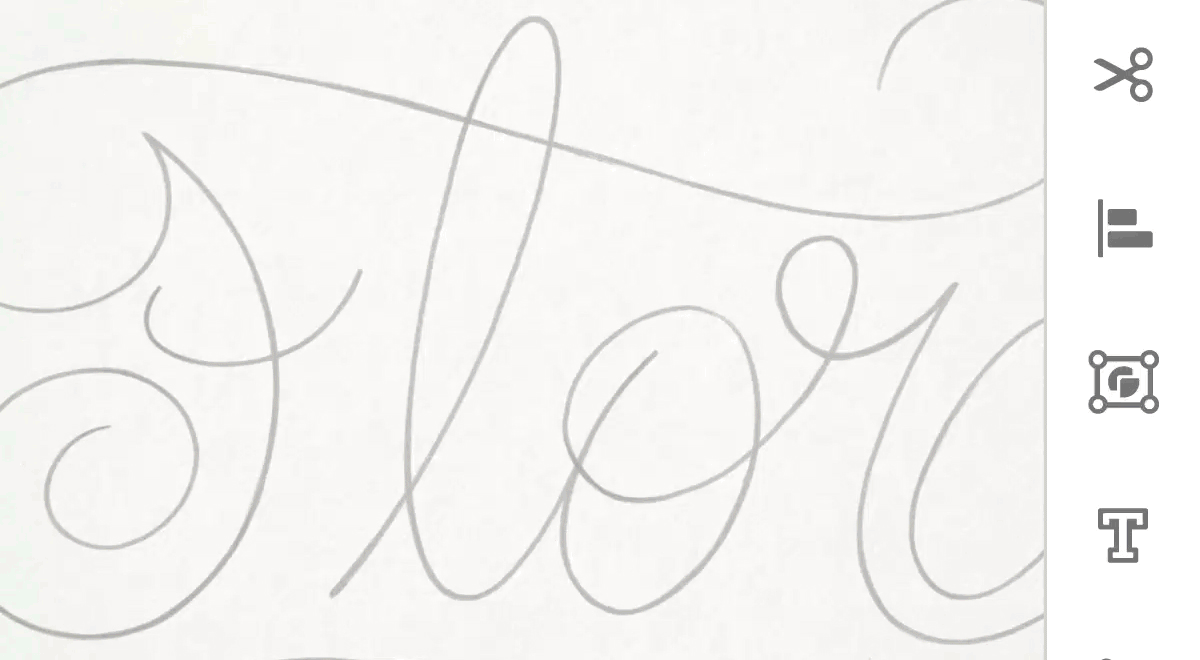
Deepali Aneja’s work sits at the intersection of computer vision, graphics, and machine learning. At Adobe Research, she’s used machine learning to develop real-time lip sync for animated characters and to create tools for Adobe Illustrator.
We talked to Aneja about what it’s like to see a research project all the way from the early-idea phase through engineering, and into the hands of users. We also chatted about the future of the industry, getting more women into the field, and what it was like when the Character Animator team won an Emmy.
Can you tell us about how you got started working on Character Animator, and what you’re doing with Character Animator and Illustrator now?
I started at Adobe Research as an intern in 2016, and at that time I got to work on lip sync for cartoon character animation. I came back over several summers to help develop the algorithms that allow cartoon characters to change their mouth shapes automatically in both the live and offline versions of Adobe Character Animator. This real-time lip sync feature allows high-quality, quick-turnaround character animation. It’s been instrumental in creating new forms of live animation entertainment.

As a full-time research engineer, I’ve continued to work and collaborate with the Character Animator team. We recently shipped transcript-based lip sync, which achieves better lip sync with improved Adobe Sensei machine-learning technology. I’ve also gotten to be part of the Illustrator team, where I’ve helped train machine learning models for vector graphics tools. We recently shipped Vectorize for Illustrator on iPad, which was highlighted as a release-defining feature at last year’s Adobe MAX.

Your Character Animator team won an Emmy for their contribution to the field of animation. Congratulations! What was that experience like?
It was unbelievable! We were awarded the Emmy in 2020, so it was in the middle of the pandemic. We couldn’t travel to the ceremony, but everyone on the team has had the opportunity to keep the Emmy at our houses for two weeks to celebrate the big moment. Soon it will be displayed in a case at the Adobe cafe in Seattle, along with our mascot, Red Monster.
How would you describe your day-to-day role as a research engineer?
As a research engineer, my goal is to take cutting-edge research and apply it to Adobe products to make our customer experiences better.
I get to be part of all the stages in the life of a product, which is a great feeling. I work with the researchers during ideation, then I work with engineers for implementation, and then I get to connect directly with users for their feedback. There’s something especially wonderful about having people use your product at a large scale and give you feedback. It creates a driving force for the next round of ideas.
Being a research engineer also gives me a nice balance with the research side of things. I work with interns during the summer and I’m involved in research projects where we’re coming up with innovative solutions and new ideas and publishing them at conferences.
Machine learning is a central part of your work. How do you think ML is going to impact creative technology in the future?
There has been such rapid development in machine learning and in all the modalities: audio, video, text, and animation.
I think we’re moving toward using ML to automate more tasks to ease the user experience in all stages of the creative process. The goal is to leverage artificial intelligence to empower users to generate and process high quality creative and engaging content with low effort.
Can you tell us about your work with WiGRAPH and why it’s important?
I volunteer as a resources coordinator for WiGRAPH—we’re an ACM SIGGRAPH community group whose goal is to broaden the network of women researchers in computer graphics.
We’re working to create an environment where women in research can find role models, mentorship, and encouragement. This is especially important to me because it’s been so valuable to have mentors in my personal and professional life—and I want to create that for other women in the field.
The idea is to support women engineers early in their careers and make computer graphics research more diverse and inclusive, where everyone is welcome to collaborate and share ideas.
What’s the best thing about working at Adobe Research?
I started as an intern and I decided to come back for the people, the supportive culture, and the opportunity to work on real-world challenges. Some of the world’s best researchers are here, so getting to collaborate with them in such an open culture inspires me.
Interested in working with our team of research scientists and engineers? Learn more about careers with Adobe Research!